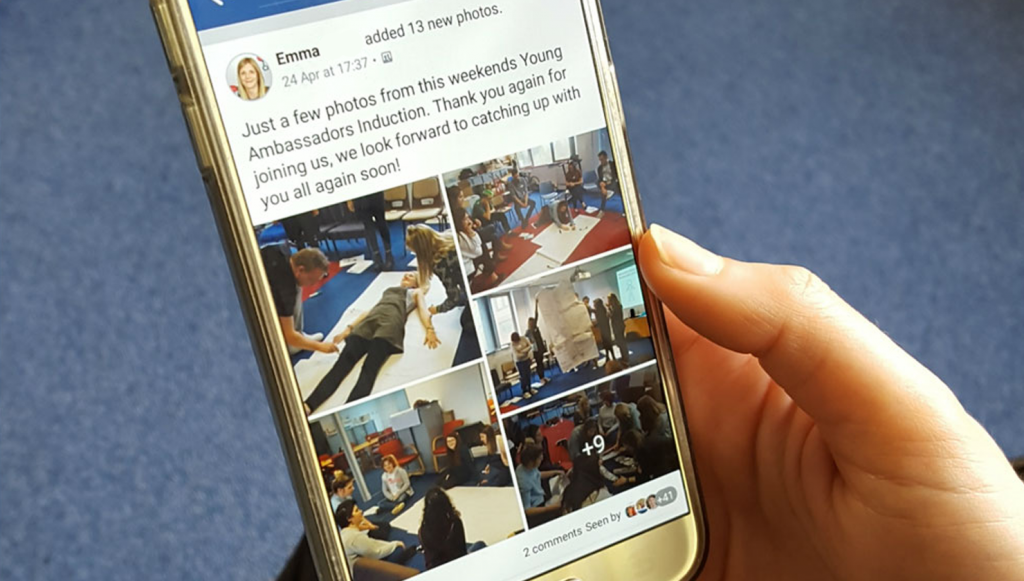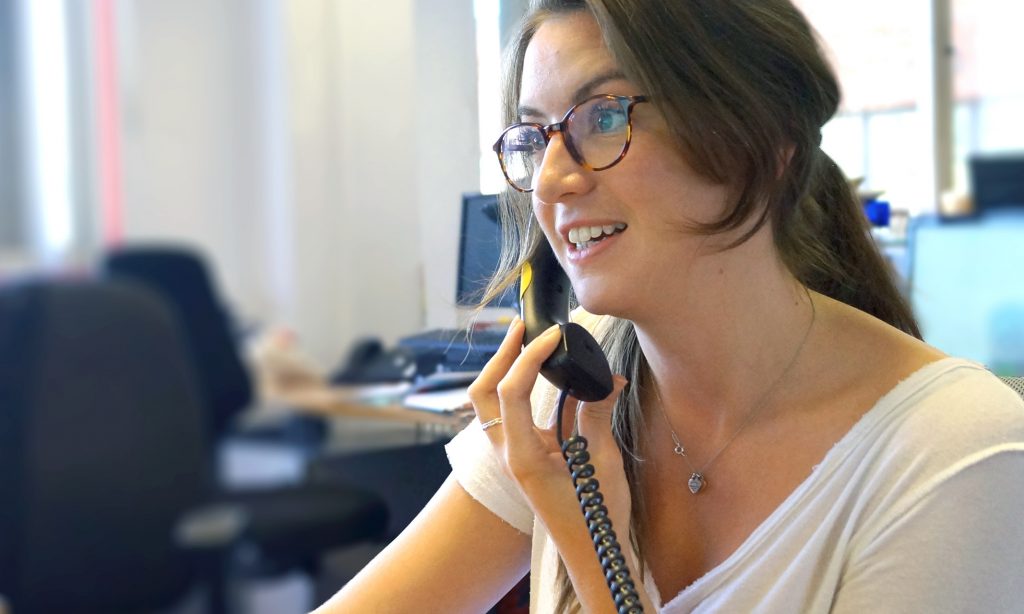Ependymoma Treatment
There are four different sub-groups (types) of ependymoma. The type that your child has will be diagnosed from a sample taken during a biopsy and the best ependymoma treatment will be decided by their medical team.
Ependymoma treatment types
Surgery
The first treatment your child is likely to have is surgery. Their neurosurgeon will aim to remove as much of the tumour as possible. You might hear this surgery be called a resection. A resection to remove a brain tumour is a complex operation which takes several hours. Any risks will be explained to you by your child’s surgical team.
If the tumour is low grade and the surgeon is able to remove all of the tumour, your child may not need any other ependymomas treatment. However, if it’s not possible to remove all the tumour, or if the tumour is high grade, then your child’s healthcare team will advise radiotherapy to treat any tumour cells that may be left.
This is also the case if surgery is not possible. Sometimes the tumour is in a place in the brain that makes it too difficult to reach or it’s not safe to operate on. So, radiotherapy is used instead. If your child is under 3 years old, radiotherapy is generally avoided and chemotherapy will be used instead.
Radiotherapy
Radiotherapy, or radiation treatment, uses controlled doses of high-energy beams to destroy tumour cells, while causing as little damage as possible to surrounding healthy cells.
It may be used where surgery isn’t possible, or more commonly, after surgery to kill any remaining ependymoma cells. This is to make the tumour less likely to recur (come back).
Radiotherapy does have some potential long-term side-effects on the brain, particularly in children as their brains are still developing. The risks and benefits for each child have to be thought about before deciding if radiotherapy should be given.
As a result, radiotherapy isn’t commonly given to children under the age of 3 as they’re more likely to develop long-term side–effects.
Chemotherapy
Chemotherapy is a treatment which involves drugs that have been developed to kill tumour cells. It is generally only used as ependymomas treatment in children who cannot have radiotherapy. It is rarely used to treat adults with ependymoma.
Chemotherapy drugs can be taken orally (by mouth). This can be as a pill, but can be given as a liquid if your child is too young to swallow pills. Chemotherapy can also be given intravenously (into a vein). The treatment cycle is usually spread over a set period of time.
There’s ongoing research on the possible benefits of different combinations of chemotherapy drugs and radiotherapy in treating childhood ependymomas. Your oncologist may offer your child the chance to take part in a research study, which are also known as clinical trials.
What side–effects can ependymoma treatment cause?
The symptoms that you may have seen in your child before treatment can be known to worsen after surgery. Other side-effects of brain surgery include headaches and feeling sick and tired.
Radiotherapy and chemotherapy also have their own side–effects. These can include hair loss, tiredness and a reduced appetite. If you’re worried about your child after treatment, speak to your child’s oncologist for advice and help with treating symptoms.
Hearing that your child may have long–term side–effects, due to treatment, might be hard. But your child’s healthcare team will have taken these into consideration and will only give treatment where the benefits outweigh the risks.
Find out about our children and families service.

Join our community on Facebook
Our closed Facebook group for parents is a great place to connect with other parents affected by a brain tumour and share your experiences.
Support and Information Services
Research & Clinical Trials Information
You can also join our active online community.
In this section

Get support
If you need someone to talk to or advice on where to get help, our Support and Information team is available by phone, email or live-chat.
Recommended reading
Share your experiences and help create change
By taking part in our Improving Brain Tumour Care surveys and sharing your experiences, you can help us improve treatment and care for everyone affected by a brain tumour.


